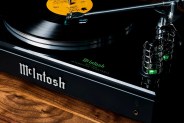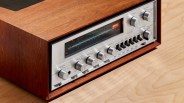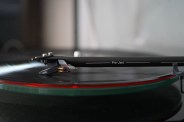When you buy a TV it’s almost a given that you’ll have to invest in a sound system for it as well. Why? Because TVs have gotten so paper-thin that there’s just no room for big speakers. And with sound, speaker size (and the amount of speakers) really does matter.
TV manufacturers are using this to their advantage. These days, all the most popular TV manufacturers — such as LG, Samsung, Sony, TCL, Vizio and Roku — also make soundbars and multi-channel speaker systems that are designed to perfectly pair with their TVs. So it’s a way for them to get even more of your money.
For most people, the easiest solution is to get a soundbar. It’s one speaker, one wire and very little hassle. That’s why in recent years, the soundbar market has boomed — and it’s expected to continue to grow moving forward. Of course, this trend has had a negative impact on the sales of AV receivers and multi-channel speaker systems.
We concede that while soundbars are a great option for a lot of people, they might not be the best option for you — especially if you’re looking for the best surround sound experience. As a counterpoint, we’ve rounded up all the reasons why you might want to forgo a soundbar and treat your ears to a better setup.
Soundbars don’t play true surround sound
A soundbar is a single box placed directly in front of your face. The best soundbars — which have multiple speakers and support Dolby Atmos — only trick your ears into thinking that sound is coming from anywhere other than underneath the TV.
A true 5.1- or 7.1-channel home theater system — which consists of an AV receiver and multiple speakers placed around the room — delivers a way more immersive sound. Even a stereo system, which is an AV receiver and a pair of bookshelf speakers, are better at delivering a surround sound experience than most soundbars.








